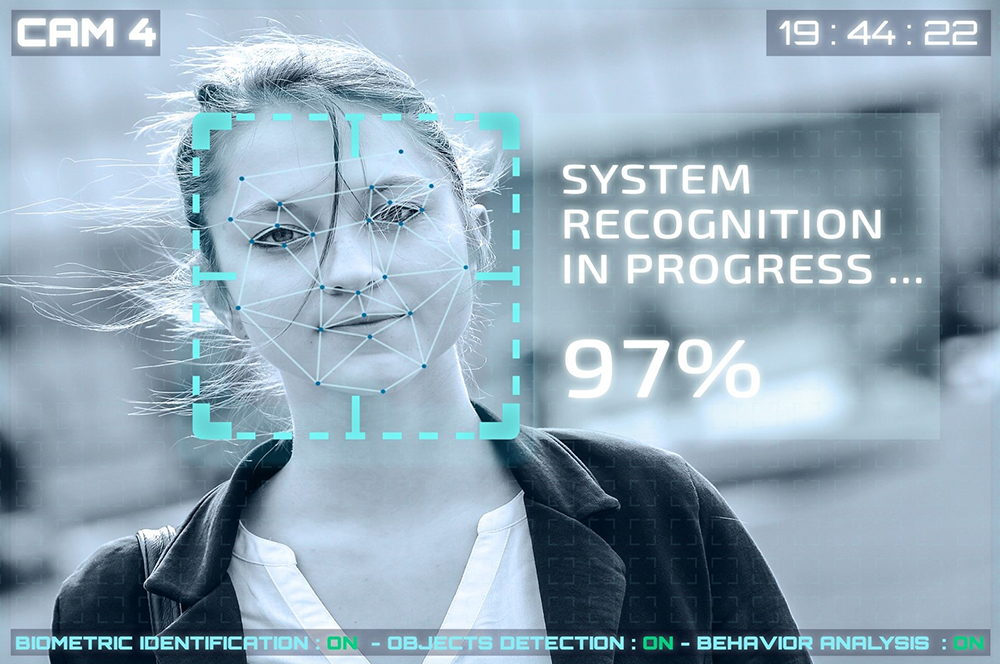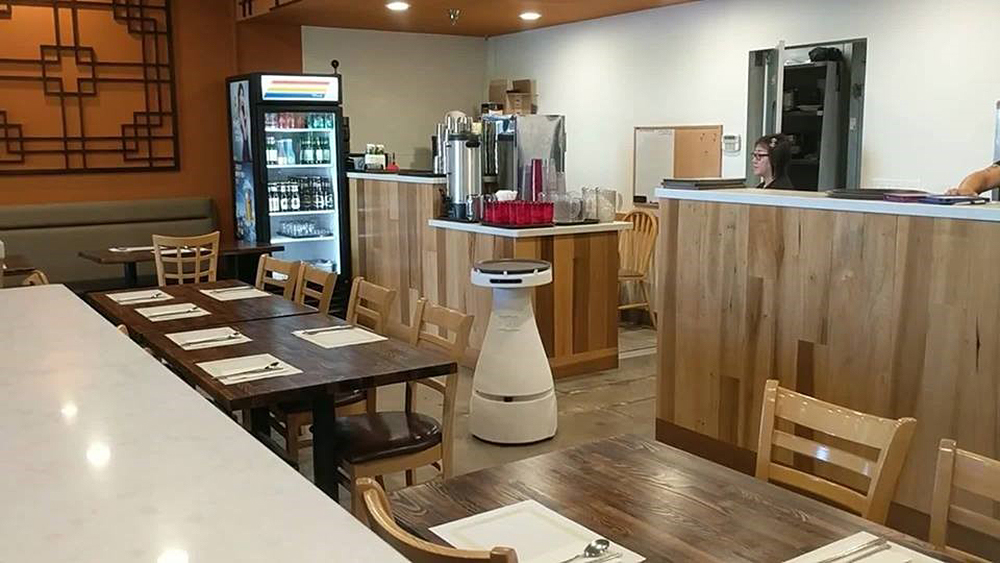The Invisible Memory series from SK hynix looks at the uses of semiconductor memory in our everyday lives – those seen and unseen – investigating the many invisible ways it enables the quick, convenient connectivity that fuels today’s fast-paced world.
We’ve talked about how semiconductor memory connects our homes – running through our appliances, supporting our gaming systems and enabling our smart fitness equipment. But how does it connect our homes to other homes, and cities to other cities?
Whether we realize it or not, the beating heart of modern life is powered by semiconductor memory. In cities around the world, memory-enabled technology like 5G connectivity, IoT capabilities, augmented reality (AR), virtual reality (VR), artificial intelligence (AI) and automotive tech keep our lives running at lightning speeds.
The world is positioned to expand how AI products think and learn, to build networks of smart cities and hospitals through IoT’s enhanced data depth, to help autonomous vehicles process information and make split-second decisions as they learn new roads and situations, to discover new worlds through augmented reality, and to lift communities out of the dark by bringing Big Data to light.
![]()
Beating Heart of Modern Life
Today, the world runs on 5G. The 5th generation mobile network, 5G was designed to connect anyone – anywhere, any time – at ultra-fast speeds. Our smartphones, computing devices, smartwatches, and smart medicine machines all rely on 5G to receive and transmit information around the world at record speeds. Industries from transportation to healthcare to information processing benefit from the high performance and efficiency of the 5G network, and all of the technologies it enables.
And behind all of these smart devices and machines is the need for memory. Generally speaking, more information transmitted means more information stored – and the more information stored, the greater the need for sophisticated memory systems.

Source : Pixinoo/Shutterstock.com
For Heightened Security
One of these memory-enabled technologies is facial recognition CCTV – which relies on memory to process and store the data from billions of unique faces. In China, two AI companies called Megvii and Sensetime1 are providing face recognition AI technology to governments and police forces.
Just recently, their technology was instrumental in catching a criminal in Nanchang, Jiangxi Province, China. The suspect was identified by concert security footage that was a match with a face in the country’s surveillance database. In Malaysia, the police force has even begun to use this type of facial recognition technology in body cams to capture images of suspected criminals and quickly check them against the police database. According to E2 Technologies2, these tools have helped reduce the crime rate in regions where they are used.

Source : Bear Robotics
Autonomous Goods and Services
AI technologies have more light-hearted uses as well – especially in the worlds of hospitality and dining, where robots are now helping with everyday functions in hotels, restaurants and bars. At Amichi’s3, a pizza restaurant in Mountain View, California, a self-driving robot named “Penny” is serving orders.
And they’re not alone – more and more American restaurants are using memory-embedded robots from simple food preparation to serving and washing dishes. Robots not only streamline the work of restaurant employees, but also reduce overall operating costs. According to The Spoon, 2020 will be the year for ‘food robots’ to enter the market in earnest.
Similary, as autonomous vehicles for the delivery are quickly approaching on the horizon, they require functions such as multi-camera vision processing and self-driving in order to monitor surroundings around the vehicle. Thus, ultra-huge computing processing has become necessary, so has semiconductor memories.
In fact, over the last few years, and across many states in the US, autonomous vehicles for the delivery of food and goods have been approved for real-world testing from some of the top automakers and technology companies including General Motors, Ford, Toyota, Google’s Waymo, and Uber, among many others. These companies have been partnering with grocery stores, restuarants and small businesses to help ease the problems of first/last mile delivery.

Source : Nuro’s blog site. Nuro R2 self-driving delivery vehicle in Houston, Texas
Technology startup Nuro4 partnered with grocery giant, Kroger, to launch pilot cities in Scottsdale, AZ and Houston, TX, where they have been testing autonomous vehicle delivery for residents with its small toaster-shaped vehicles, called R2’s. During the COVID-19 pandemic, the company has seen increased use as the company can safely deliver groceries to citizens and limit person-to-person contact.
Creating Memory for the Future
As the world grows increasingly reliant on high-speed connection, demand for DRAM and NAND Flash memory solutions is higher than ever. And memory providers like SK hynix are innovating nonstop to keep up.
These technologies – and the memory systems that support them – are leading the way towards the smart cities of tomorrow, and SK hynix is at the forefront of the movement towards the future of information technology.
1Blake Schmidt, “Hong Kong Police Already Have AI Tech That Can Recognize Faces”, Bloomberg. (2019)
2Amanda Lentino, “This Chinese facial recognition start-up can identify a person in seconds”, CNBC. (2019)
3Ahn Jung-rak, “Cooking is basic, serving and washing dishes… Robot wind blowing in an American restaurant”, Hankyung. (2019)
4Dave Ferguson, “Introducing R2, Nuro’s Next Generation Self-Driving Vehicle”, Medium. (2020)









